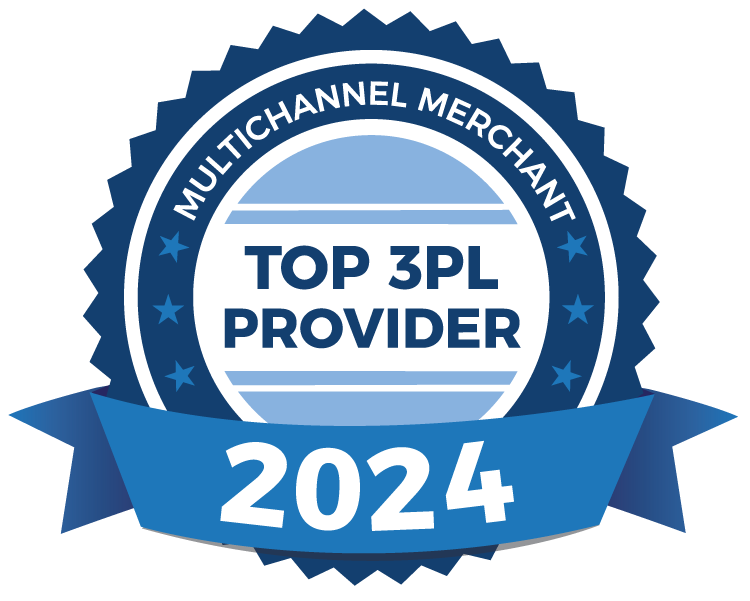5 Reasons Why Clean Beauty Brands Are Leaving Retail Behind for D2C eCommerce
As someone who once considered Sephora a second home, I never thought I’d say this—but I genuinely can’t remember the last time I bought any of my clean holy grails in a physical store. These days, I’m what you might call a “last-drop” shopper: I wait until I’m down to the final pump of my favorite serum, then panic order online for next-day delivery. Please don’t cancel me, but retail isn’t part of my beauty routine anymore, and I know I’m not the only one.
At ������APP, we’ve seen a growing trend: clean beauty companies are turning away from traditional retail in favor of direct-to-consumer (D2C) eCommerce. The reason is clear: D2C creates room for brand storytelling, flexibility in operations, and a better end-to-end experience for today’s value-driven shopper.
Here are the real reasons retail is losing its edge, and how D2C creates growth opportunities today.
1. Retail Is Built for Speed, Not Substance (not in this economy)
Clean beauty brands are rooted in intention—ingredient integrity, sustainability, and cruelty-free practices. But the retail shelf doesn’t offer much room to explain any of that. When your product is sitting between a $15 drugstore brand and a $45 clean alternative, you’re left competing on price with no space to explain the difference.
That disconnect often leads to missed opportunities, especially when:
- You’re penalized for being thoughtful. Retail prefers high-volume, fast-moving products.
- You’re held to costly terms. Slotting fees, markdown guarantees, and rigid planograms eat into margins.
- You’re locked into someone else’s calendar. Product launches are tied to shelf resets, not market demand or customer readiness.
Retail often becomes a barrier for brands with a fast innovation cycle or a strong mission, not a booster.
2. D2C Gives You the Power to Educate, Connect, and Convert
D2C isn’t just about selling online—it’s about owning the experience.
When clean beauty brands shift to D2C, they gain:
- Creative control: Tell the full story behind your formulas, highlight ingredient sourcing, and explain your mission in your own words.
- Better margins: Without retail markups, you retain more revenue per order and can reinvest into growth.
- Direct relationships: With first-party data, you learn what your customers care about and tailor marketing and product development accordingly.
Your website becomes more than a shop—it’s a hub for community, education, and loyalty-building. With tools like email, SMS, and loyalty programs, brands can drive repeat purchases without depending on third-party retailers.
3. Today’s Beauty Shopper Is Online (and doing their homework)
Millennials and Gen Z consumers aren’t browsing drugstore aisles to discover clean beauty (I can attest to this). They’re scrolling. They’re reading labels. They want transparency, not gimmicky taglines.
By selling direct, you can meet them where they already are:
- Share real reviews and before-and-afters that address real concerns.
- Use social media to gain exposure and drive traffic to your store—not someone else’s.
- Create an experience that mirrors what they value: personalized service, conscious packaging, and honest messaging.
In short? The D2C model lets you keep the promise that clean beauty was built on.
4. Fulfillment Is the Missing Link—Until It’s Not
Let’s talk supply chain. Because even the best product and cleanest brand message fall flat if shipping is slow, inventory runs out, or packaging arrives damaged.
That’s where fulfillment becomes make-or-break.
At ������APP, we help clean beauty brands scale without losing their identity. We offer:
- Custom kitting and sustainable packaging solutions that mirror your mission.
- Climate-controlled environments to maintain product integrity.
- Nationwide 1–2 day delivery so customers never wait too long for their skincare staples.
- Dedicated account support from a team that knows beauty isn’t just another category—it’s a commitment.
We see fulfillment as a brand experience. Done well, it reinforces your value. Done poorly, today’s buyers are not afraid of a return. Our job is to ensure it supports your growth, not slows you down.
5. Yes, D2C Has Challenges—But They’re Solvable
Ad costs are rising. Customer acquisition is tough. Setting up the right tech stack takes time. But those hurdles aren’t unique to clean beauty. And they’re not insurmountable.
We work with brands that overcome them every day by:
- Building communities, not just campaigns.
- Using subscriptions to create predictable revenue.
- Leveraging data to improve conversion and retention.
- Partnering with 3PLs who streamline operations behind the scenes.
D2C can be your most efficient, brand-aligned channel with the proper foundation.
Clean Beauty Deserves More Than a Shelf
Clean beauty was never meant to be crammed between conventional products and explained in three bullet points. These brands were built to lead with purpose and scale with integrity.
If that sounds like you, D2C isn’t a risk—it’s a return to your roots, with the tools to grow.
And at ������APP, we’re here to help you deliver. From warehousing and fulfillment to scalable shipping and custom packaging, we support beauty brands that believe in doing things differently.
Contact us today for a free D2C complimentary supply chain consultation.
Recent Blog Posts








